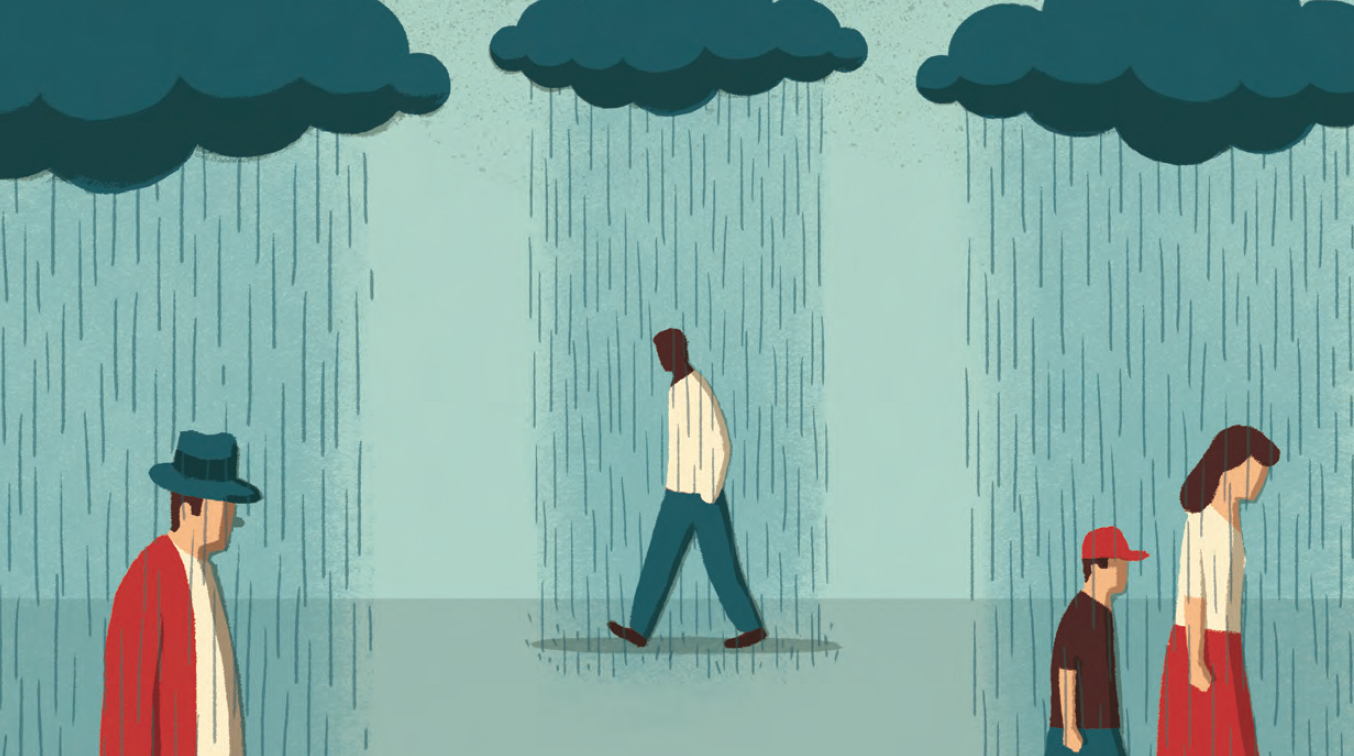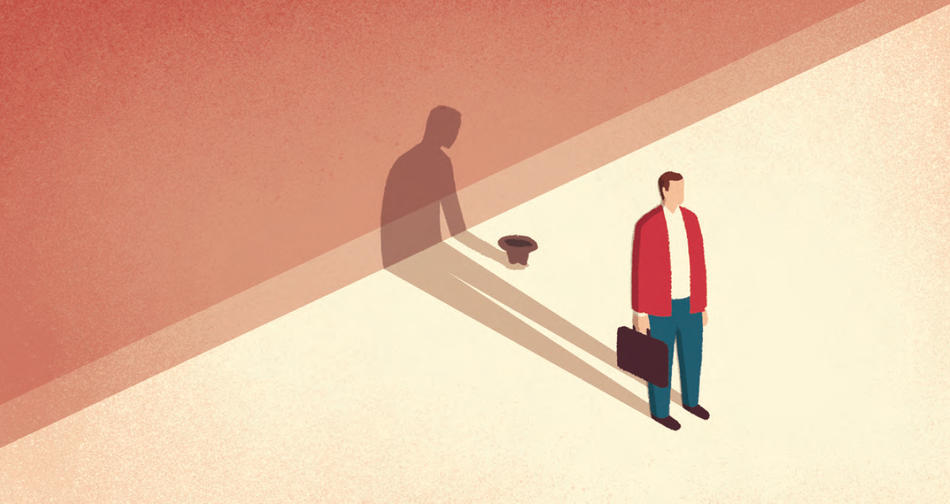
In the summer of 2010, everything was looking up for Jessica Lopez.
A thirty-year-old high-school dropout who had been working for years at a Popeyes restaurant, she landed a job as a teacher’s assistant at PS 287 in downtown Brooklyn. “It was always my dream to be a teacher,” she says. “I was so excited.”
Around the same time, Lopez and her four-year-old son, Nolan, moved into an apartment in the Bedford-Stuyvesant neighborhood of Brooklyn. It was the first home they had called their own. They needed no moving van: they had previously lived for six months in a homeless shelter, after unexpectedly getting kicked out of a room in a friend’s apartment. “We moved into our new place on Nolan’s fourth birthday,” Lopez says, sounding happy at the memory.
Then everything fell apart. In November, Nolan began having tantrums so violent he had to be hospitalized. Doctors said he had a combination of attention deficit hyperactivity disorder, oppositional defiant disorder, and mixed receptive-expressive language disorder. Lopez, with no help from Nolan’s imprisoned father, was forced to quit her job to care for her son.
Today, Lopez gets by on a combination of cash assistance ($138 a month), food stamps ($210 a month), Medicaid (about $300 a month for Nolan’s medication), and Supplemental Security Income ($740 a month). She is still unable to work, because Nolan often can’t go to school or must be retrieved early.
“When I get that call — ‘He won’t get on the bus’ or ‘Nolan took off his clothes’ — I have to get over there as fast as I can,” Lopez says. “So I’m not working. I worry about money every day. It’s that kind of life.”
That kind of life — erratic employment, health problems, lifting oneself out of poverty only to sink back in again — is familiar to a surprising number of Americans. Whereas some fifty million people in the United States, or about one in seven, are now living below the official poverty line — which, for a single parent of one child, means earning less than about $16,000 a year — tens of millions more have either recently escaped poverty or will soon fall into its grasp. In fact, one study indicates that more than half of all adults in this country between the ages of twenty-five and seventy-five have spent at least one year in poverty.
“One of the biggest myths about poverty in the United States is that a relatively small segment of the population is poor, and that this represents a more or less permanent underclass,” says Irwin Garfinkel, the Mitchell I. Ginsberg Professor of Contemporary Urban Problems at the Columbia School of Social Work. “But poverty is quite dynamic. Lots of people move in and out of poverty over the course of their lives. And it doesn’t take much for people at the edge to lose their footing: a reduction in work hours, an inability to find affordable day care, a family breakup, or an illness — any of these things can be disastrous.”
Garfinkel knows what he’s talking about. For the past eighteen months, he has been overseeing one of the most richly detailed studies of poverty ever undertaken in the United States. He and several colleagues at the School of Social Work, including professors Julien Teitler and Jane Waldfogel, and researchers Kathryn Neckerman and Christopher Wimer, have teamed up with the Robin Hood Foundation, the largest antipoverty organization in New York City, to conduct a meticulous long-term survey of 2,300 New York households across all income levels. By following people like Jessica Lopez for at least two years, the researchers hope to create a much more intimate and precise portrait of economic distress than has ever been conducted in any US city. They call the project the Poverty Tracker.
“We want to understand how people’s lives evolve,” says Michael Weinstein, the chief program officer at the Robin Hood Foundation, which is funding the Columbia research. “If someone is out of work, we want to know: Did they seek job training? If so, did they learn a skill? Were they able to translate that skill into a job? Were they able to keep that job? If not, why?”
One goal of the Columbia researchers is to help government agencies and private organizations determine how best to allocate money for assistance programs in New York City. The most comprehensive information about the needs of New Yorkers — and of residents of any US city, for that matter — now comes from the American Community Survey, an extension of the US Census that polls a small percentage of the population every year about their employment, income, housing, expenses, dependents, health insurance, and public benefits. Federal agencies, as well as state and local governments across the country, use the results to make decisions about everything from school-lunch programs to housing subsidies. The survey’s shortcoming, say the Columbia researchers, is that it provides a mere snapshot of its respondents’ lives at a single point in time.
“A snapshot is fine for determining how much money a city should set aside for emergency food aid or oil-heating subsidies over the winter,” says Garfinkel. “But it’s not going to tell you what services are helping people lift themselves out of poverty, or preventing them from falling into poverty in the first place. That’s the level of detail we’re after.”
In December 2012, a team of fifteen graduate and undergraduate students from the School of Social Work fanned out across the city to conduct their first interviews as part of the Poverty Tracker. (A private research firm helped out, interviewing some participants by telephone.) They met their subjects, who had been recruited from across the five boroughs, in their homes and in the offices of local social-service agencies. They carried questionnaires covering many of the same topics addressed by the American Community Survey. But they also wanted to know: Have you missed a rent or mortgage payment lately? Have your utilities been turned off? Have you or your children gone without food? Is anyone in your family seriously ill, and if so, has he or she received medical attention? Some questions were more personal: Have you been depressed lately? Are you worried about money? How satisfied are you with your family’s situation overall?
“This would give us a baseline for understanding the direction a person’s life is heading in,” says Christopher Wimer, who is the project director of the Poverty Tracker, overseeing its survey design and data analysis.
In the past year and a half, the Columbia researchers have surveyed their subjects every three months, sometimes in person and other times by telephone or online. They have gone to great lengths to keep people involved in the study. They’ve bought cell phones and calling plans for people whose service is cut off, for instance. And they’ve worked with local shelters to track down participants who have lost their homes since the project started. “
Retaining people in any long-term study is tricky,” says Wimer. “It can be especially hard when you’re studying people who are disadvantaged, which is partly why it’s never been done in New York City on this scale. If you’re struggling to feed your family, talking to a social scientist on the phone isn’t going to be your top priority.”
Not surprisingly, the work can be emotionally taxing. “You get to know people very well over the course of a study,” says Claudette Bannerman ’14SW, a recent graduate of the School of Social Work who now works full-time on the project. “It’s difficult to hear about their struggles. On the other hand, New Yorkers can be extremely resilient. People have told me they’re happy, despite their poverty, because their children are healthy and they know others are worse off than them. That kind of humility is inspiring.”
The Poverty Tracker’s preliminary findings, published in a report on the Robin Hood Foundation’s website in April, demonstrate in starkly powerful terms that economic hardship in New York City is more widespread than government statistics would suggest. While the city’s official poverty rate is 21 percent, the Columbia researchers found that 37 percent of New Yorkers, or about three million people, went through an extended period in 2012 when money was so tight that they lost their home, had their utilities shut off, neglected to seek medical treatment for an illness, went hungry, or experienced another “severe material hardship,” as the researchers define such extreme consequences.
“What’s remarkable is that nearly half of these people weren’t technically impoverished, because they earned enough money over the course of the year to put them over that threshold,” says Wimer. “Some may be bad at managing their money. But many others got sick or were laid off from good jobs.”
Even the 37 percent figure understates the number of New Yorkers who endured tough times in 2012. The researchers estimate that two million more endured what they call “moderate material hardship,” which, as opposed to, say, losing one’s home or having the lights shut off, might involve merely falling behind on the rent or utility bills for a couple of months. Many others were in poor health. Indeed, the researchers found that if you add together all of those who were in poverty, suffered severe material hardship, or had a serious health problem, this represented more than half of all New Yorkers.
“The picture that emerges here is of a city whose population is quite vulnerable as a whole,” says Wimer. “It’s a very different picture from the one you get by reading that one in five New Yorkers is poor.”
The Columbia researchers expect that by the end of this year they will have enough data to begin helping public authorities, legislators, foundations, nonprofits, philanthropists, and private charities address the underlying problems that affect the city’s poor. Jane Waldfogel, a Columbia professor of social work and public affairs who is a principal investigator on the project, anticipates that the Poverty Tracker’s findings will be useful both in evaluating the effectiveness of existing antipoverty programs and identifying which new ones ought to be created. “Would a lot of unemployed parents rejoin the work force or be able to work more steadily if day-care programs were expanded? How much could additional investments in food programs reduce food insecurity?” she says. “We’re going to provide the first solid answers to questions like these.”
The Poverty Tracker is being funded at a rate of about $800,000 per year; its organizers hope to keep it running for many years to come, with new participants being enrolled every two years.
Ultimately, the Columbia researchers hope their work will have an impact far beyond the city’s borders. The misconception that a relatively small number of Americans endure serious economic hardship is tied up with other, more noxious notions, they say, such as that poor people are either hopelessly inept or content to live off public assistance. These stereotypes have long distorted our domestic policymaking, the researchers say, and have caused the United States to invest less in antipoverty programs than do many other industrialized nations.
“The research that our team has done on poverty trends in the US and in other countries makes it clear that if we invested more in antipoverty programs, we would improve many people’s lives,” says Waldfogel. “The problem is a lack of political will. So having accurate data — and data with a human face — is critical. We hope that our work will inform the public, and in doing so, help generate the political will.”



